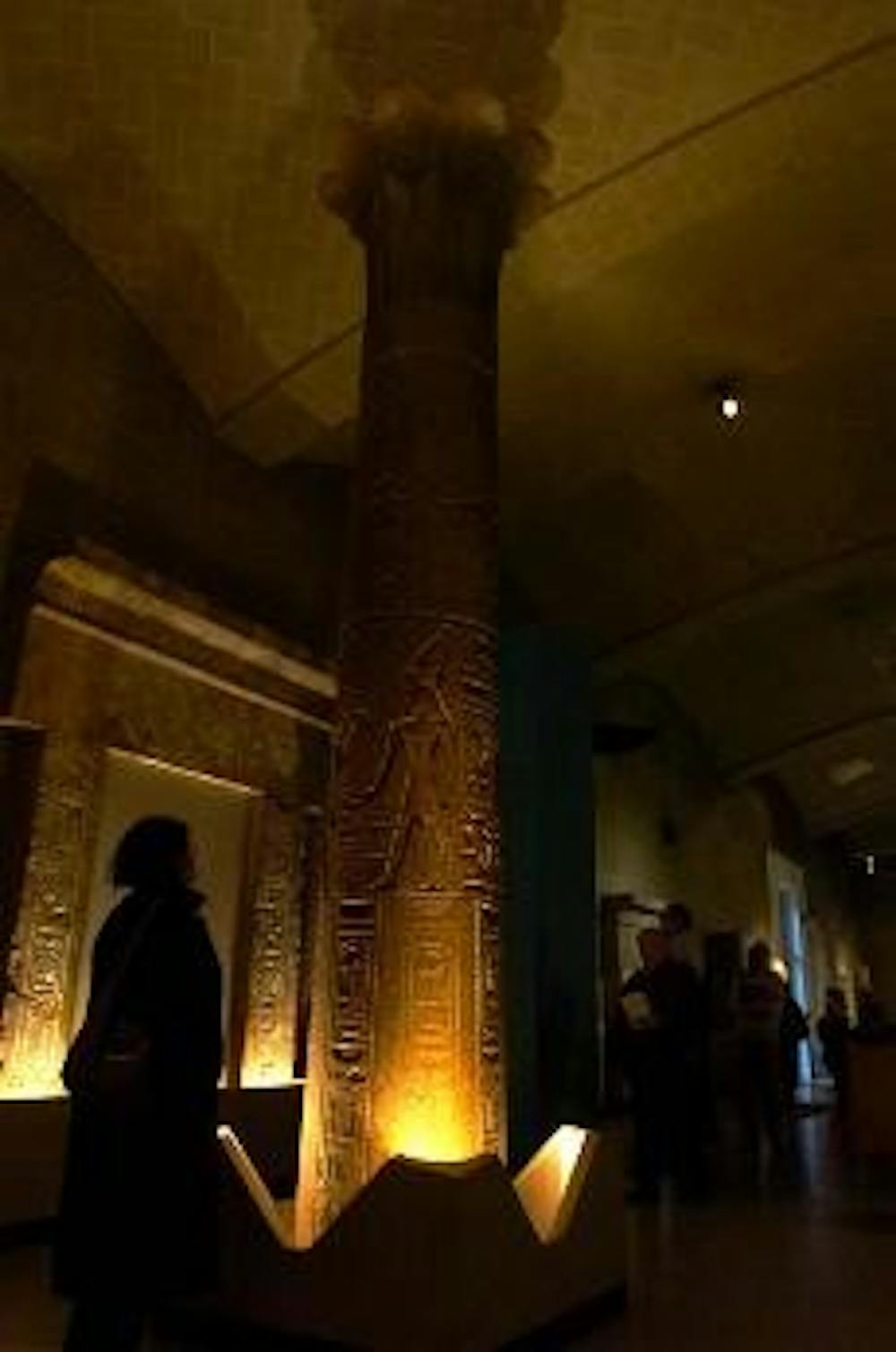A 3,000-year-old king's treasures are coming to the East Coast after 30 years.
This February, the Franklin Institute Science Museum in Philadelphia will display artifacts from the tomb of King Tutankhamun, who ascended the throne, ruled Egypt and died - all before his 21st birthday.
The exhibit, "Tutankhamun and the Golden Age of Pharaohs," will stop in Philadelphia as part of a two-year world tour.
To complement the work, the University of Pennsylvania Museum of Archaeology and Anthropology is hosting "Amarna, Ancient Egypt's Place in the Sun." The exhibit, which opened last month, will feature over 100 items, including religious statues and golden jewelry from the city where King Tut grew up.
Curator David Silverman, who manages the current world tour of King Tut's artifacts, also helped design Penn's exhibit. Jennifer Wegner, a co-curator of the Amarna exhibit, says this makes the two events excellent complements to each other.
"Our exhibit tries to provide an idea of where King Tut grew up and what religious and political structure he faced," she said.
The Amarna exhibit is a part of the Penn Museum's so-called Year of Egypt, during which the Museum will showcase some of its 40,000 Egyptian artifacts in a series of events leading up to the King Tut exhibition.
"We have one of the best Egyptian collections in the world," Museum spokeswoman Pam Kosty said. "You can get a fabulous perspective on several thousand years of civilization."
Amarna is an anomaly in Egyptian history, Wegner said.
King Tut's predecessor "placed more importance on the worship of the sun over other Egyptian gods," she said.
"This new religion believing in a single deity challenged the old polytheistic beliefs," she said, adding that he built Amarna as a new center for a new culture.
After Akhenaten's death, the old religious order regained prominence, Anthropology lecturer Brian Daniels said.
"The religious system of Egypt changed within 20 years," he said. "After Akhenaten died, King Tut as a boy presided over the return of the old polytheistic religion."
During King Tut's later life and after his death, the city of Amarna and the religious changes it represented disappeared from ancient Egypt, Wegner said.
"Amarna was packed up and the power shifted back to the old cities of Egypt," she said.
Daniels encouraged students to visit both exhibits.
"The King Tut event is surreal in its importance because it has spectacular works of Egyptian craftsmanship that are preserved very well," he said. "And the Museum has also put together a superb exhibition. It's a once-in-a-lifetime opportunity."



